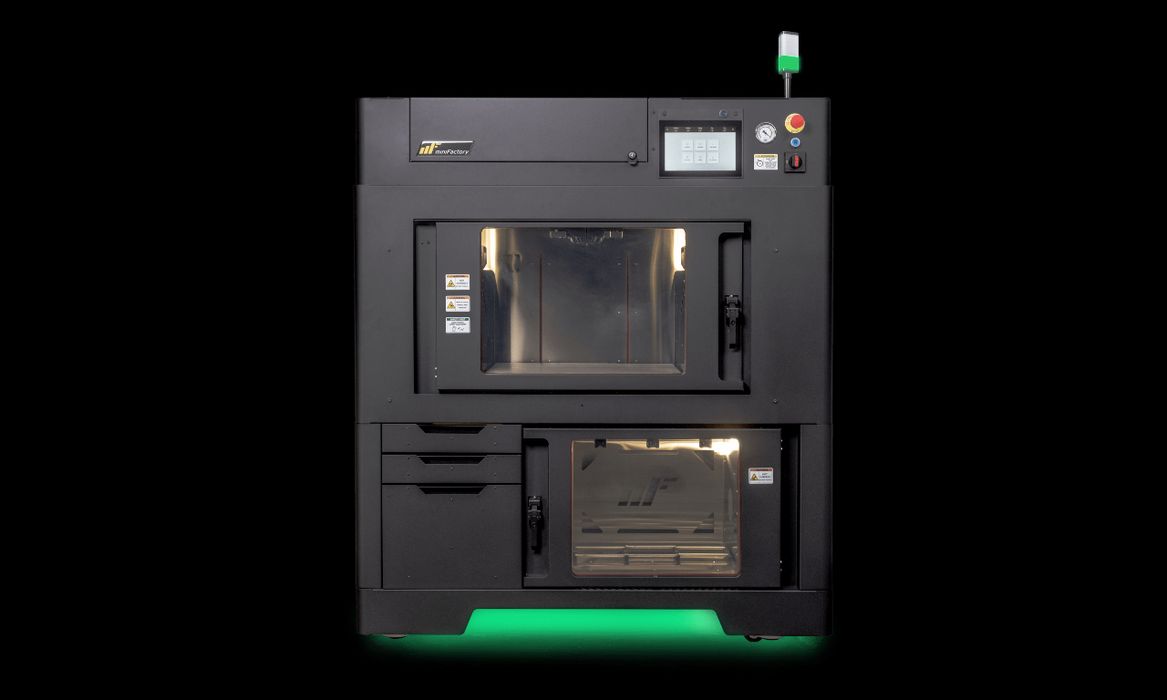
miniFactory announced a new and powerful high temperature 3D printer, the Ignite.
The Finnish company has been making professional 3D printers for many years, and has most recently been focusing on high temperature equipment. Their previous machine, the Ultra 2, offers reliable printing of exotic engineering materials.
https://www.fabbaloo.com/news/minifactory-announces-ultra-2-high-temperature-production-3d-printer
They’ve also had a significant focus on quality. A few years ago they released “Aarni”, a system that collects sensor data at each layer, and then can produce detailed technical reports for each specific print job. It’s possible to use these reports in a robust quality control regime.
Further on the quality track, last year they announced a very unusual “optical nozzle aligner”, something I still have not seen on any other 3D printer. The aligner enables extremely precise setup for dual nozzle systems.
Now all of that technology and more has been bundled into their latest 3D printer, the Ignite.
It’s a much larger machine, having a huge build volume of 600 x 400 x 400 mm. This enables production of large parts made from high temperature materials, quite a unique capability as most high temperature 3D printers have relatively small build volumes.
About those high temperatures, we see that the Ignite’s extruders can hit a blistering +480C, double what is used for typical ABS 3D printers. In addition, the print surface can be heated to +200C, and the chamber itself is actively heated also to +200C.
Because of the extreme heat involved, the temperature gradient is very significantly reduced and this allows printing of many unusual high temperature materials.
miniFactory explained the Ignite supports the following materials:
- ULTEM AM9085F
- PACF
- PC
- ABS
- ASA
- PEKK-A
- PVDF
- PEEK
- PEKK
- And “many more”
With the huge temperature range on this device, it’s likely it is able to print literally any filament you care to try.
The Ignite is a dual extruder system, enabling the use of two materials in the same job. Normally this would be one extruder dedicated to model material, and the other to support material. This permits the production of large complex parts in unusual materials.
At the bottom of the Ignite is a special storage chamber for filament spools, which acts as a drying unit. High temperature materials are notorious for their sensitivity to humidity: even brief exposures can basically ruin the quality of a print job. By integrating the drying unit directly into the 3D printer, it’s able to draw filament in a completely dry environment throughout the length of the print job.
The Ignite looks to be an extremely interesting industrial 3D printer that will no doubt be adopted by those requiring large high temperature parts.
Via miniFactory
